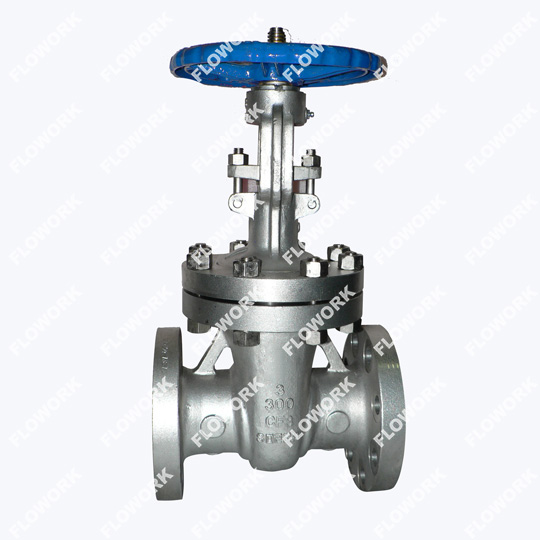
1、You are in restricted area and need password. Please Contact us to obtain documents.
2、PasswordIf you have any questions about quotation or cooperation, please feel free to send us inquiry. Inquiry us
| Size: | 2"-68" |
| Pressure: | 150LB-2500LB |
| Body Material: | CD3MNWCuN, CW2M, Monel, CN7M, 20#Alloys, 4A, 5A, C95800, C95500, etc. |
| Seal Material: | STELLITE, 13Cr, SS304, SS316, etc. |
| Connection Type: | Flanged, Butt Welded, Socket Welded, NPT |
| Operation: | Handwheel, gear operated, pneumatic, motorized |
| Face to Face Dimension: | ASME B16.10 |
| Flange End Dimension: | ASME B16.5 |
| Butt Welded Dimension: | ASME B16.25 |
| Design and Manufacture: | API 600 |
| Test Standard: | API 598, API 624, API 6FA, ISO 15848-1-2 |
Material: duplex stainless steel, alloy 20, nickel alloy, hastelloy C, CD4MCU, etc.
Widely used in non-shock cold water, oil or gas systems
Available with socket welded, butt welded, threaded, flange ends
Provide full flow with minimal pressure drop
The media uses including water, gas, oil and some acids.
API 600 gate valves can be "piggable" cleaned, but they need to be designed and selected according to specific circumstances. Some API 600 gate valves are designed to allow pigs to pass through, but it should be noted that this depends on the size and design of the valve. Therefore, when selecting API 600 gate valves for pig cleaning, careful consideration needs to be given to the design and size of the valves to ensure they are suitable for the desired application, ball valve manufacture.
Yes, gate valves can be used to regulate the flow of fluids, including water, by partially opening or closing the valve gate. By adjusting the position of the gate, the amount of fluid that can pass through the valve can be controlled, gate valve manufacture. However, gate valves are generally not as effective at regulating flow as other types of valves, such as globe valves or needle valves, which have more precise control over the flow rate. In addition, gate valves are not typically recommended for frequent operation or for throttling applications, as they are designed for fully open or fully closed operation and can be prone to wear and damage when used for flow regulation, bronze valve.
The number of turns required to close a gate valve can vary depending on the size and type of valve, as well as the pressure and flow rate of the fluid being controlled. In general, gate valves are designed to be fully open or fully closed, and turning the valve handle multiple times can cause unnecessary wear and tear on the valve components, api 6d ball valve.
That being said, for a typical gate valve used in residential or commercial plumbing applications, it may take between 3 to 7 turns of the valve handle to fully close the valve. However, it's important to note that the exact number of turns required to close the valve may vary depending on factors such as the age and condition of the valve, the amount of sediment or debris in the water supply, and the specific design of the valve. If you are unsure of the proper method for operating a gate valve, it's always a good idea to consult with a licensed plumber or other qualified professional.
The four major components of a gate valve are:
1.Body: The main outer casing of the valve which contains the internal components and provides a conduit for fluid or gas flow, high temperature gate valves.
2.Gate: A flat or slightly curved obstruction that moves up and down within the body of the valve to control the flow of fluid or gas. When the gate is lowered, it blocks the flow, and when it is lifted, the fluid or gas can flow through, forged ball valve.
3.Stem: The vertical component that connects to the gate and extends outside the valve body, allowing for manual or automatic operation of the valve.
4.Bonnet: The cover that seals the valve body, holds the stem in place, and allows access for maintenance and repairs.
The material used in gate valves can vary depending on the specific application and requirements. Common materials include cast iron, ductile iron, carbon steel, stainless steel, and bronze. The choice of material is typically based on factors such as the type of fluid or gas being controlled, the pressure and temperature of the system, and the level of corrosion resistance needed, carbon steel gate valves.
Send us a message if you have any questions or request a quote.

A reply from our experts within 24 hours

The latest detailed product catalugue

One-stop service for your project